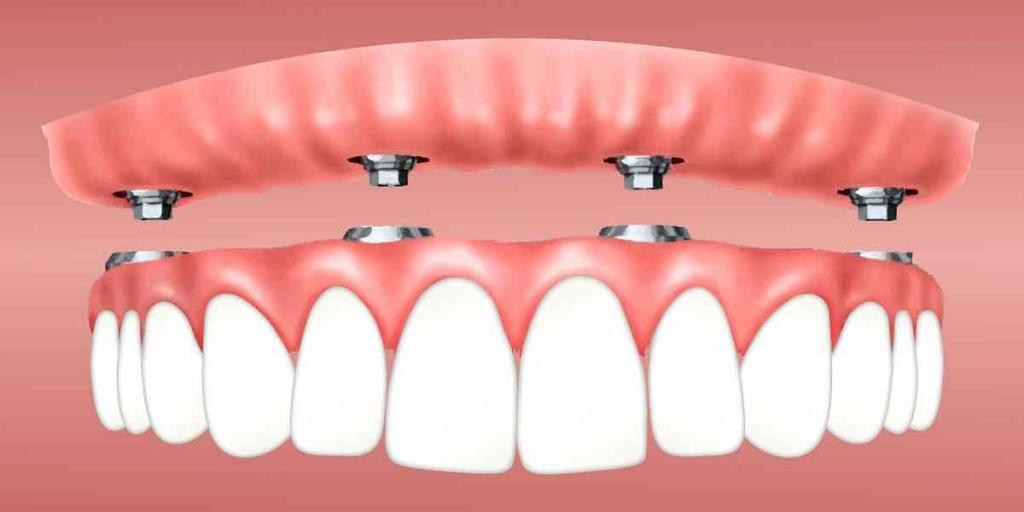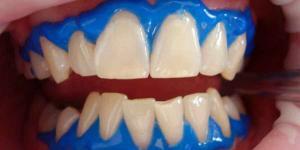Both these restorative procedures have become common among several patients who need their teeth replaced. It is the work of the dentist to advice patients on the right procedures for them. This article talks about these two methods as well as their merits and demerits, and when to use them.
Teeth play an essential role in the health and wellbeing of the body. Besides chewing food, teeth also aid in communication and speech. Gaps in the mouth may result in speech problems. People with gap teeth often have issues pronouncing certain words. Teeth also have an impact on a person’s appearance and confidence level. People with missing front teeth always look older than their exact age.
Various treatment options are used for missing teeth. Dentures have been the primary option until recently, when more permanent solutions were discovered – dental bridges and implants. Both methods have been used extensively to restore the aesthetics and functionality of patients’ dental systems.
Dental Implants
Implants are often used for single as well as multiple teeth replacement procedures. People who wish to have implants always undergo an assessment to ascertain their suitability for the implant. Thereafter, nickel-based posts are placed on the jaw bone, depending on the number of missing teeth. The implant is then fixed to these posts.
Healing of the gums and bones around the implant can take approximately three months. Afterward, the implant becomes strong enough, and the patients gain a new set of fully functional teeth.
Dental Bridges
Bridges are also used in replacing missing teeth, but can only be used for a limited number of teeth – ether one or two. The dentist carries out a thorough examination of the patient before carrying out the procedure.
The installation of dental bridges does not require any surgical procedures to be carried out. The process lasts for two weeks, and the adjacent teeth are used as support for the new set of prosthetic teeth. The dentist measures the gap to fabricate the right size of bridges for the patient.
Once the patient receives an implant or bridge, they continue carrying out proper oral hygiene, as well as a regular dental checkup. During dental visits, the dentist checks for any defects in the prosthetic and repairs them accordingly.
Implants vs. Bridges
In installing dental bridges, the enamel of an adjacent tooth may need to be removed so that the installation appliance can fit in. This is not the case with implants since adjacent teeth do not need to be extracted.
Sound oral hygiene is easily achieved with implants. This is because several crowns are connected when fixing bridges, and more effort is needed from the patient to clean them up. Routine dental hygiene is required when using implants. Patients can clean these easily using a brush or dental floss.
Implants have a life span of about 20 years. Some may last a lifetime. The titanium metal used to make the cylinder of the tooth is resistant to decay and other gum issues. A dental bridge lasts between 5 and 10 years at most, and any slight wear may cause damage to the bridge because it is always placed on top of a portion of teeth, which are likely to decay in the future.
The outcome of a dental implant always looks more or less like a normal tooth. It is almost impossible for other people to notice that it is not natural.
However, in matters of cost, dental bridges are the best because most clinics charge less to install them. Implants are more expensive to install; however they do not need to be replaced frequently.
From the above comparison, it is clear that implants are better than bridges when replacing damaged or missing teeth. They do not affect healthy teeth and do not pose a risk for the formation of cavities. Older adults can use implants to improve their quality of life since it is possible to get a normal set of teeth with these implants.
Bridges rest on neighboring teeth. As they keep rubbing on these teeth, they get eroded and may result in complications of the gum and bones.
Both Require a Specialist for Installation
Both implants and cavities need to be placed by a specialist who can recommend the right treatment program with fewer side effects. You may consider exploring dental bridges as the alternative if you cannot afford the high costs of dental implants.



